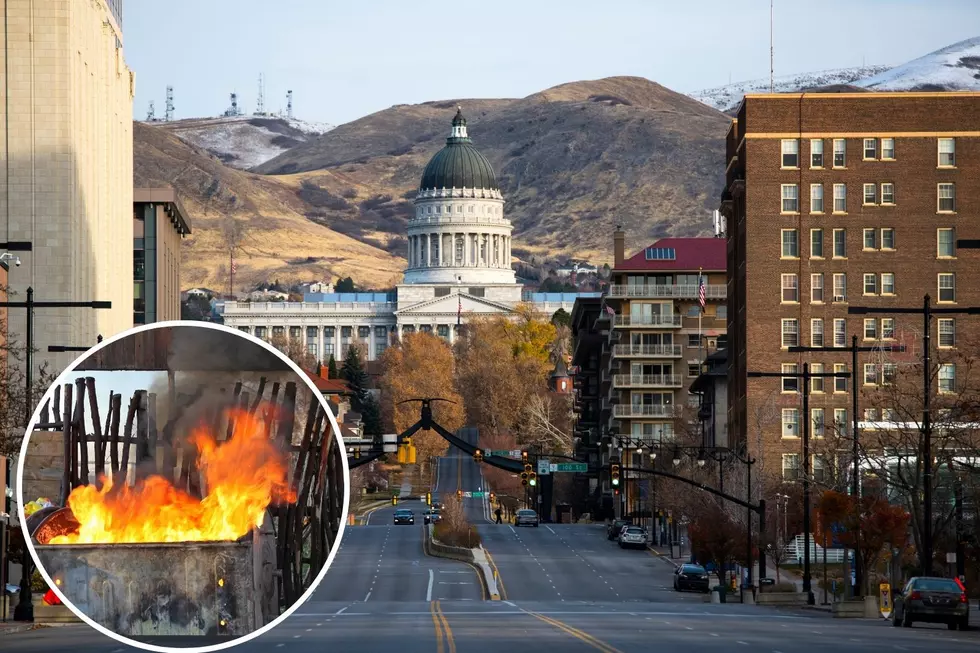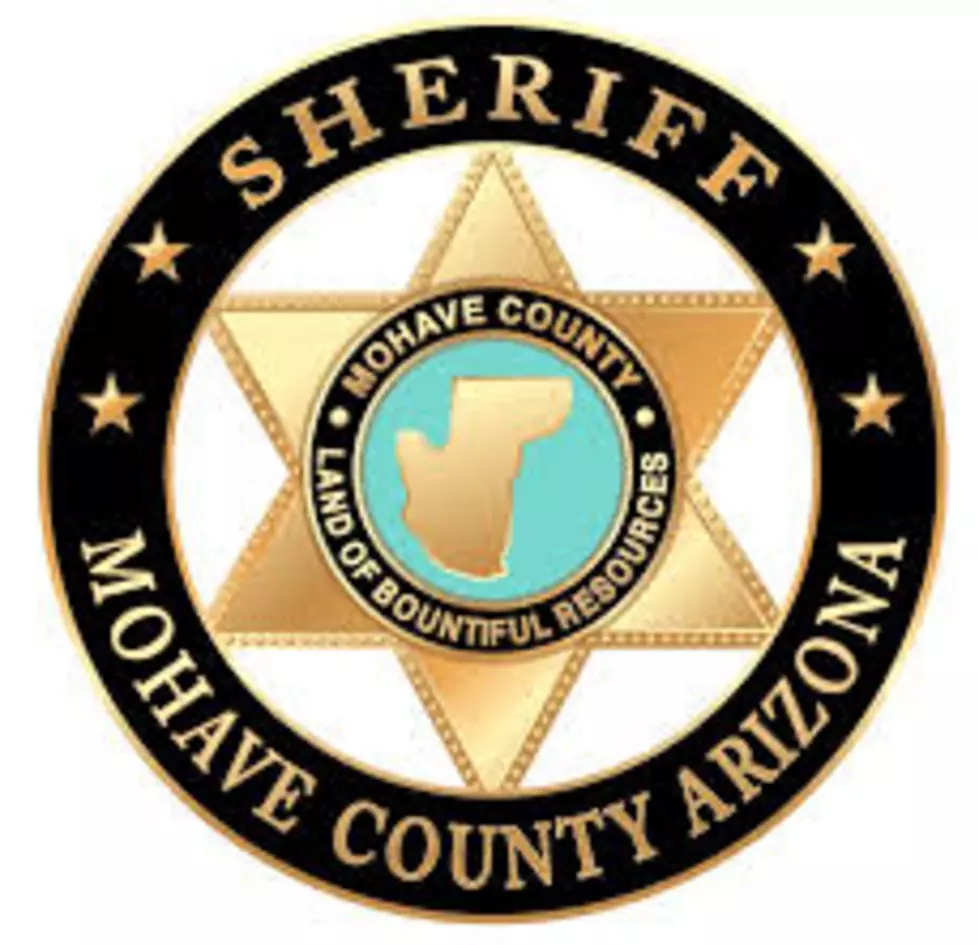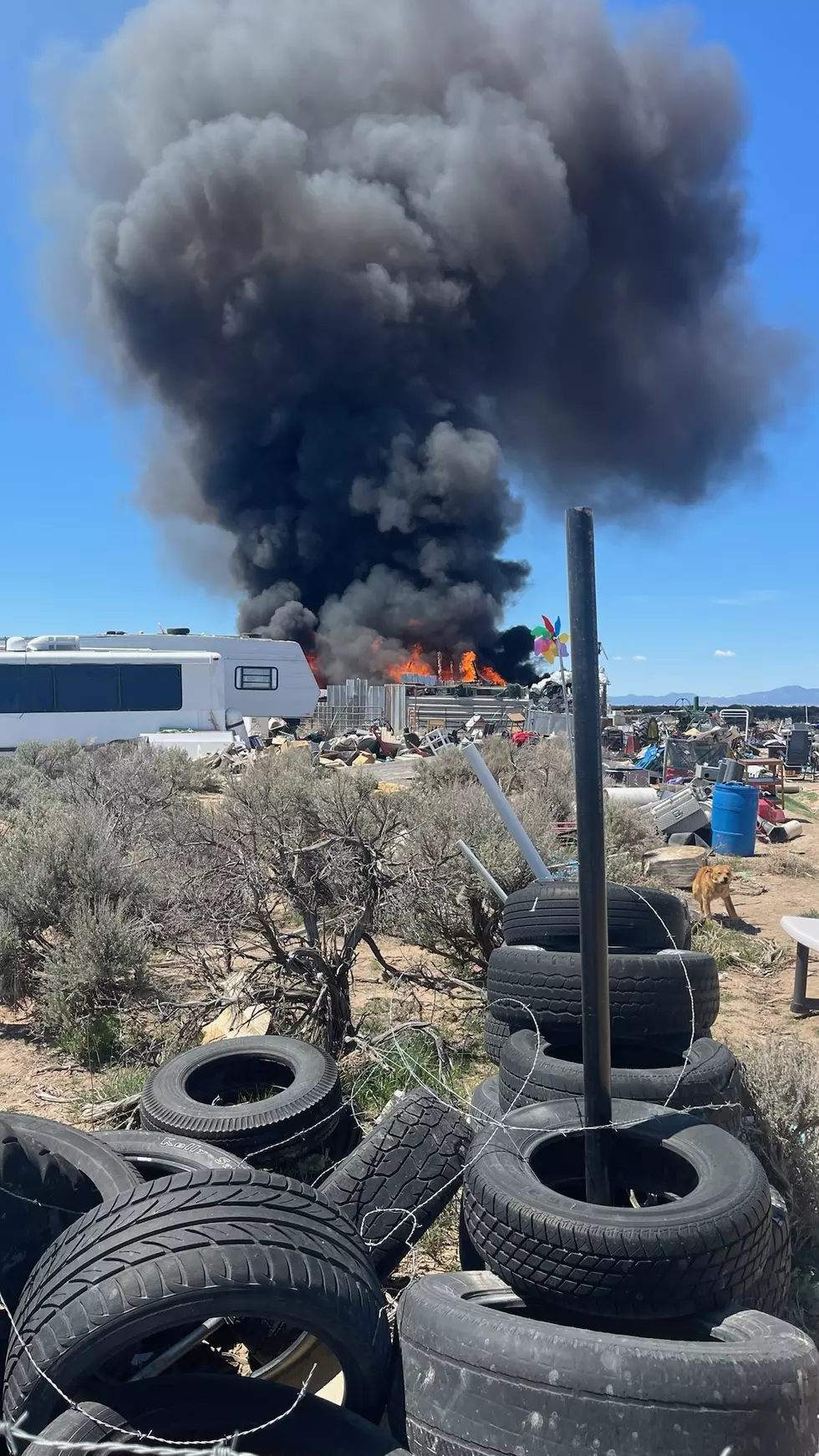
Drought Conditions Not Improving
Over the past couple of months, the state has seen a climate split between the north and south. The split is more of a northeast to southwest split as Utah's monsoon season sets in. The northwest portion is drifting towards higher temperatures. Compared to the rest of the state. According to U.S. Drought Monitor, 83.03% of the state is in extreme drought or worse. On July 3, the level of Great Salt Lake dropped below the October 2021 historic low elevation. This average daily surface elevation was 4190.1 feet. Last week, the state saw increased wildfire risk due to dry and windy conditions. These conditions resulted in five major fires that burned over the weekend. To date, those fires have burned almost 17,000 acres of land, and three of them are still active this week. Eighteen of Utah’s largest 45 reservoirs are below 55% of available capacity. Overall statewide storage is 57% of capacity. This is about where reservoirs were this time last year. If you're looking for tips on how to reduce water consumption, go to SlowtheFlow.org.
More From KSUB 590/107.7









